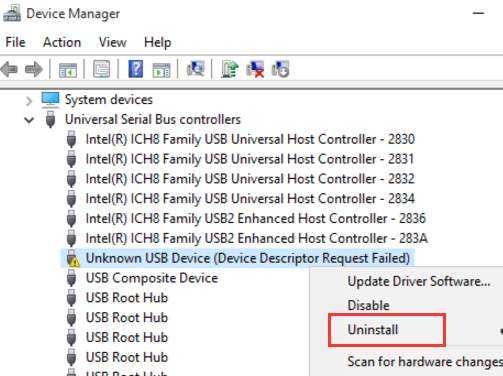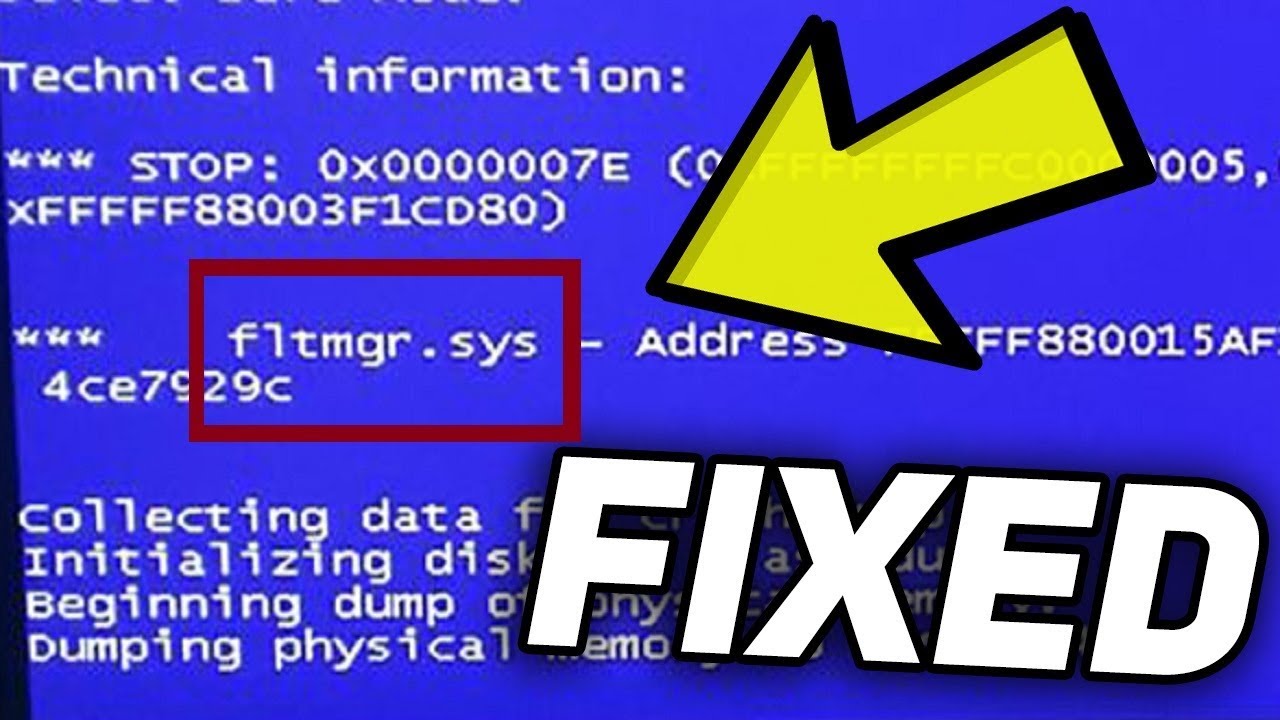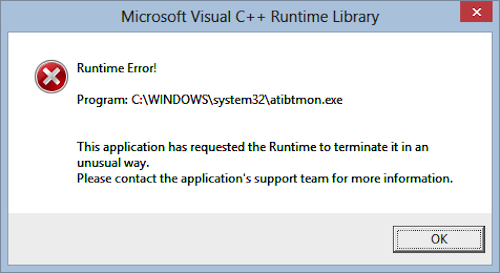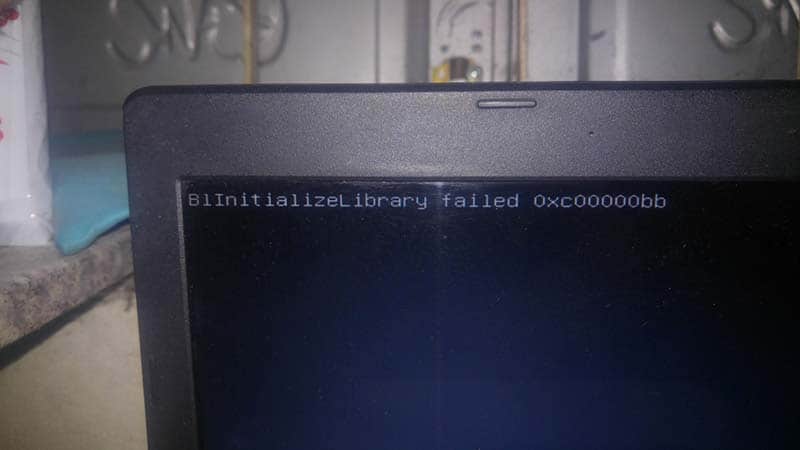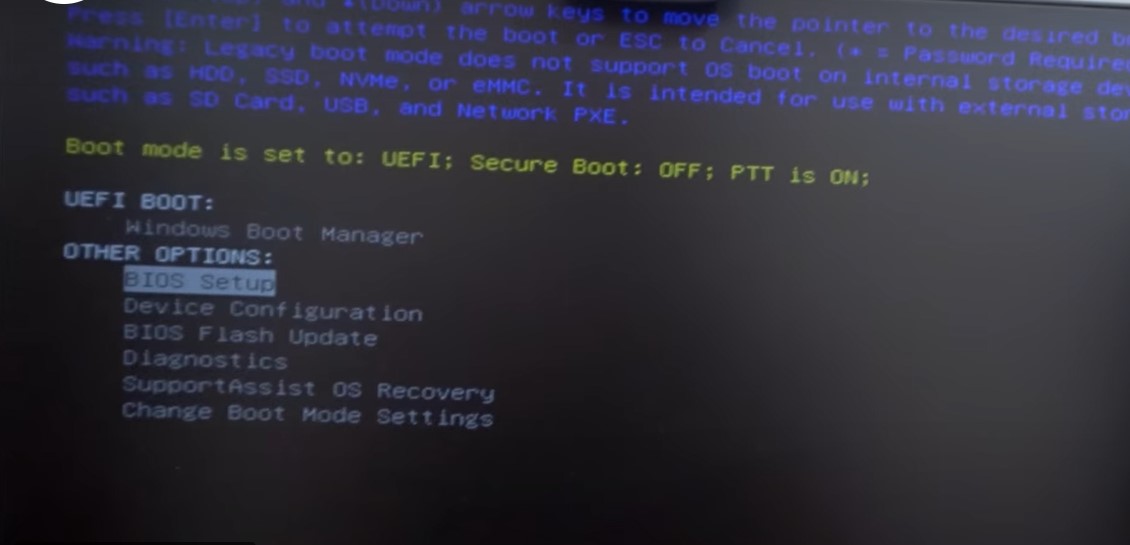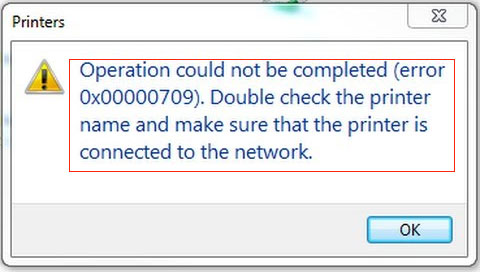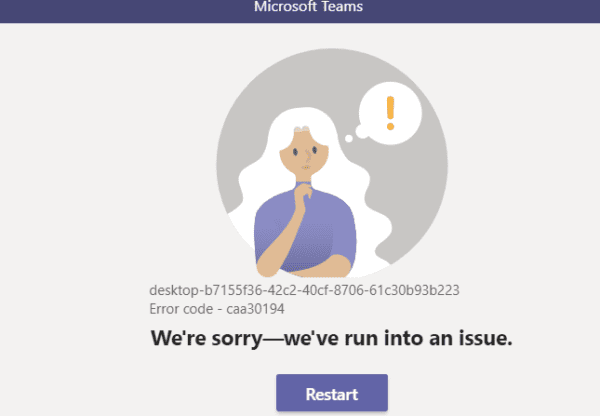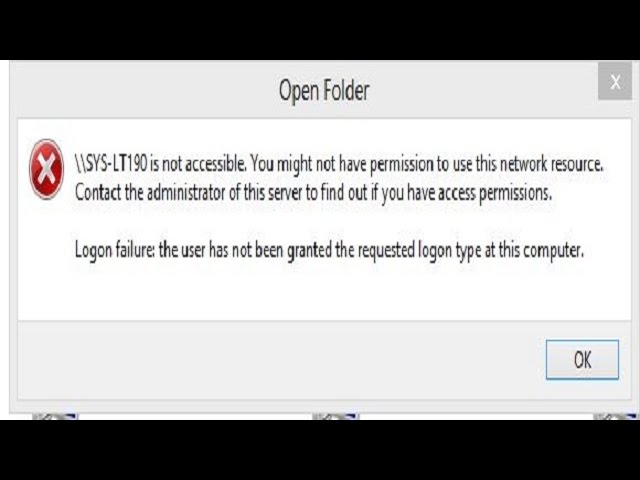Fix you might not have permission to use this network resource windows xp .I’ve just about read every single post and blog there is on the internet about networking Microsoft’s OSes.
I have a Windows 7 Desktop, a Vista Laptop, and an XP Laptop. None of them like each other.
They can all see each other, but the XP gets the You might not have permission error message. 7 (when accessing XP) gets “Windows cannot access \\(name). There might be a problem with your network.” message.
I can usually access the XP desktop from my vista laptop, but I can’t access vista or 7 with XP.
Yes, they are in the same workgroup.
Yes, they all have the file sharing on.
Yes, advanced file sharing is on for vista and 7.
No, the firewall is not blocking it.
I first tried to share C:, but then read that apparently you can’t share it, so I tried sharing a random folder, and gave full control to everyone in permissions (this is all on 7 btw). XP still can’t access the 7. Neither can the Vista.
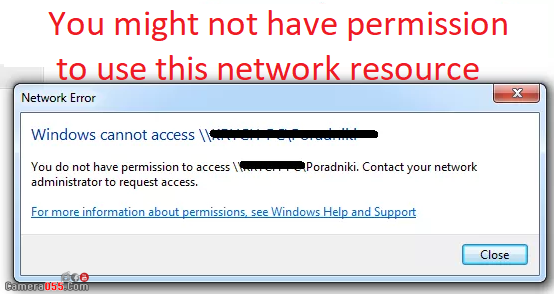
Table of Contents
MEthod 1:
Well thank you all but I found the solution.
simply windows 7 chooses by default to make the encryption 128 bit and this is not OK with other windows versions. This makes problems when you try to access the shared folders on the pc with windows 7 from another computer with a previous version of windows.
so in the control panel >> network and sharing center >> Advanced sharing settings >> File sharing connections
choose the option:
Enable file sharing for devices that use 40- or 56 bit encryption.
I hope your problem is solved.
Method 1: Enable NetBIOS over TCP/IP and start the Computer Browser service
To resolve this issue, make sure that NetBIOS over TCP/IP is turned on and that the Computer Browser service is running on each computer in the workgroup. To do this, follow these steps.
Step 1: Enable NetBIOS over TCP/IP
-
Click Start, click Control Panel, and then click Network and Internet Connections.
-
Click Network Connections.
-
Right-click Local Area Connection, and then click Properties.
-
Click Internet Protocol (TCP/IP), and then click Properties.
-
Click the General tab, and then click Advanced.
-
Click the WINS tab.
-
Under NetBIOS setting, click Enable NetBIOS over TCP/IP, and then click OK two times.
-
Click Close to close the Local Area Connection Properties dialog box.
-
Close the Network Connections window.
Step 2: Start the Computer Browser service
-
Click Start, right-click My Computer, and then click Manage.
-
Double-click Services and Applications.
-
Double-click Services.
-
On the right side, right-click Computer Browser, and then click Start.
-
Close the Computer Management window.
Method 2: Install File and Print Sharing and make sure that it is not blocked by Windows Firewall
Step 1: Install File and Print Sharing for Microsoft Networks
-
Click Start, click Run, type ncpa.cpl, and then click OK.
-
Right-click Local Area Connection, and then click Properties.
-
Click the General tab, and then click Install.
-
Click Service, and then click Add.
-
In the Network Service list, click File and Print Sharing for Microsoft Networks, and then click OK.
-
Click Close.
Step 2: Make sure that File and Printer Sharing is not blocked by Windows Firewall
-
Click Start, click Run, type firewall.cpl, and then click OK.
-
On the General tab, make sure that the Don’t allow exceptions check box is not selected.
-
Click the Exceptions tab.
-
On the Exceptions tab, make sure that the File and Printer Sharing check box is selected, and then click OK.
MEthod 4: L Troubleshoot Network Share Issues
1. Workgroup – Make sure that each computer that you want to access is in the same workgroup. The name of the workgroup should be exactly the same on every computer. Also, be sure to use the same case for the names (all upper or all lower).
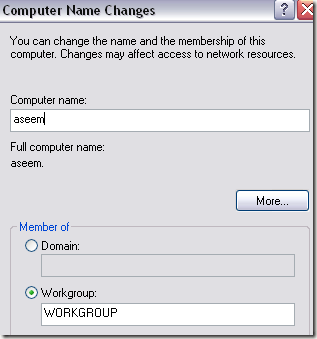
In Windows 7 and higher, click on Start, type in workgroup and then select Change workgroup name. Click on the Change button to change the workgroup name.
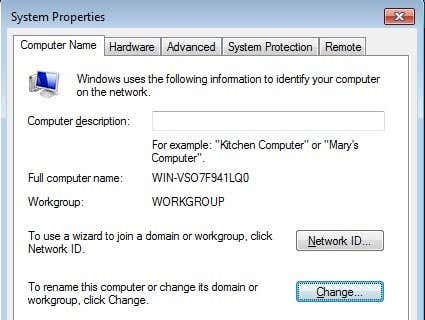
2. HomeGroup – Windows 7 introduced a new feature called a HomeGroup that automatically sets everything up so that you can share files between Windows 7, Windows 8 and Windows 10 machines.
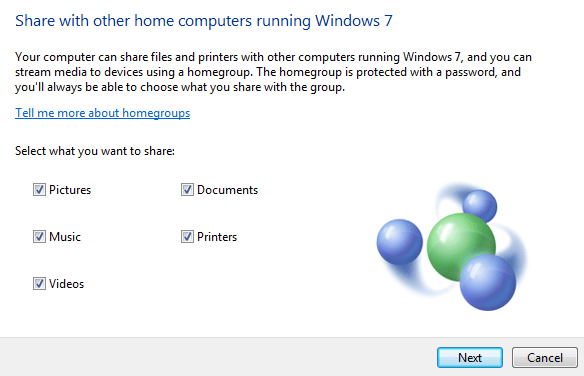
Check out my posts on how to configure a HomeGroup in Windows and how to troubleshoot any problems with HomeGroups.
3. File and Printer Sharing – Make sure that file and printer sharing is turned on for the network adapter. You can enable this by going to Control Panel, Network Connections, right-clicking on the network connection, choosing Properties and making sure File and Printer Sharing for Microsoft Networks is checked.
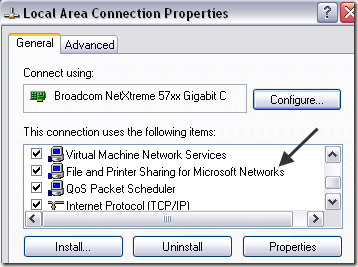
In Windows 7 and higher, you have to go to Network and Sharing Center, then click on Advanced Sharing Settings and turn it on there.
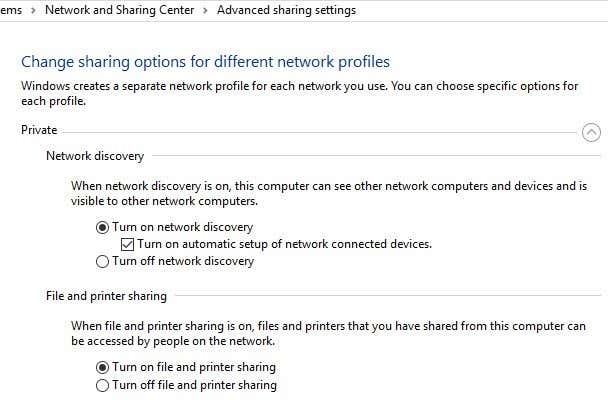
4. Correct Subnet and IP addresses – You really shouldn’t have this problem if all your computers are connected to the same router, but it’s still worth mentioning.
Make sure that the Subnet Mask and Default Gateway are the same for all computers. If these are not the same, then you will have issues connecting the computers over the network.
You can view these details by going to Start, Run, typing CMD and then typing IPCONFIG /ALL at the command prompt on each computer.
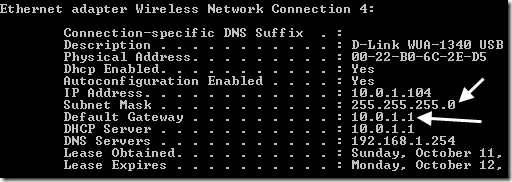
5. Check Firewalls – My suggestion here would be to first disable the Windows Firewall on all computers and then try to access the shared folders. Also, be sure to disable any third-party firewall programs like Norton or Comodo.
If you find that the sharing works with the firewall off, make sure to add File and Printer Sharing to the exceptions list in your Windows Firewall and third-party firewall programs.

6. Shared Permissions – If you are getting the You might not have permission to use this network resource…Access is Denied message, your problem could also be that the permissions for the shared directory are not properly set.
Depending on whether you are running XP Home or XP Pro, you will have to configure the sharing properly. For XP Home, you can only share files using Simple File Sharing. It’s pretty easy because they have a wizard to walk you through the sharing process.
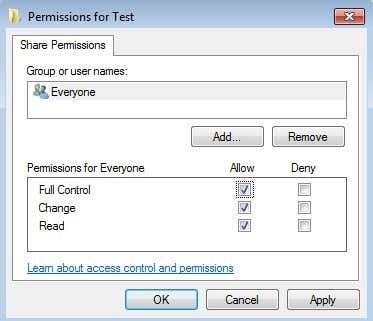
For XP Pro, you need to disable Simple File Sharing and set the NTFS permissions and share permissions to allow everyone access. For more details, check out my post on setting file/folder permissions or how to share files between computers.
7. Use TCP/IP Protocol – You probably don’t have to worry about this either, but just to cover all bases, you need to make sure that the computers on the network are all using the Internet TCP/IP protocol to communicate and not IPX/SPX or NetBEUI.
You can go to Start, Control Panel, Network Connections, right-click on the network connection, choose Properties and see which protocol is listed in the list box.
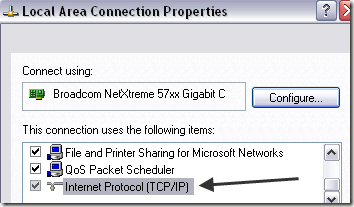
8. Username and Passwords – If you’ve done everything above correctly and still can’t connect, then you can also try making sure that the usernames and passwords on all computers are exactly the same.
It’s best to have passwords on all accounts and to create a new account on each computer with the same username and password. Sometimes it’s important to create a new account instead of just changing the name or password on an existing account. Make sure the accounts are Administrators.
Also, it’s important to know that you may not be able to connect to a network share if the host computer does not have a password for the user account. You can turn off password protected sharing, which will remove the above-mentioned requirement, but it’s far less secure.
9. Computer Names – Make sure that the NetBIOS names for all computers are unique. NetBIOS names are only 8 characters, so if you named one computer JohnnyBoy1 and JohnnyBoy2, they will have the same NetBIOS name.
Make sure that the first eight characters of a computer name are unique, otherwise you will have problems. Note that this is only an issue with very old versions of Windows. You don’t need to do this for Windows 7 and higher.
10. Local Security Policy – Another reason you may not be able to access another computer across the network is because of a local security policy.
You can go to Control Panel, Administrative Tools, Local Security Policy, Local Policies, Security Options. Now find the following policy:
Network access: Do not allow anonymous enumeration of SAM accounts and shares
Make sure that the value is set to Disabled. Also, make sure to disable only the setting that says “SAM accounts and shares” not the one that says “SAM accounts” only.
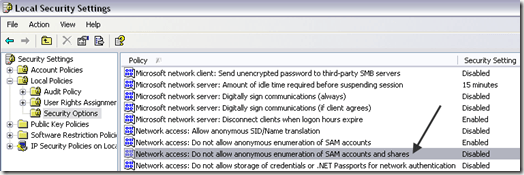
11. Uninstall anti-virus and Internet Security – Finally, make sure that all your anti-virus programs are either turned off or uninstalled to test out the connection. If you have any Internet Security program such as Norton Internet Security or Kaspersky Internet Security, disable them!
That’s about it! Those are all the tips I can think of for troubleshooting file sharing issues in Windows! If you still can’t access a network share, post what you’ve tried up till now and I’ll try to help. Enjoy!

